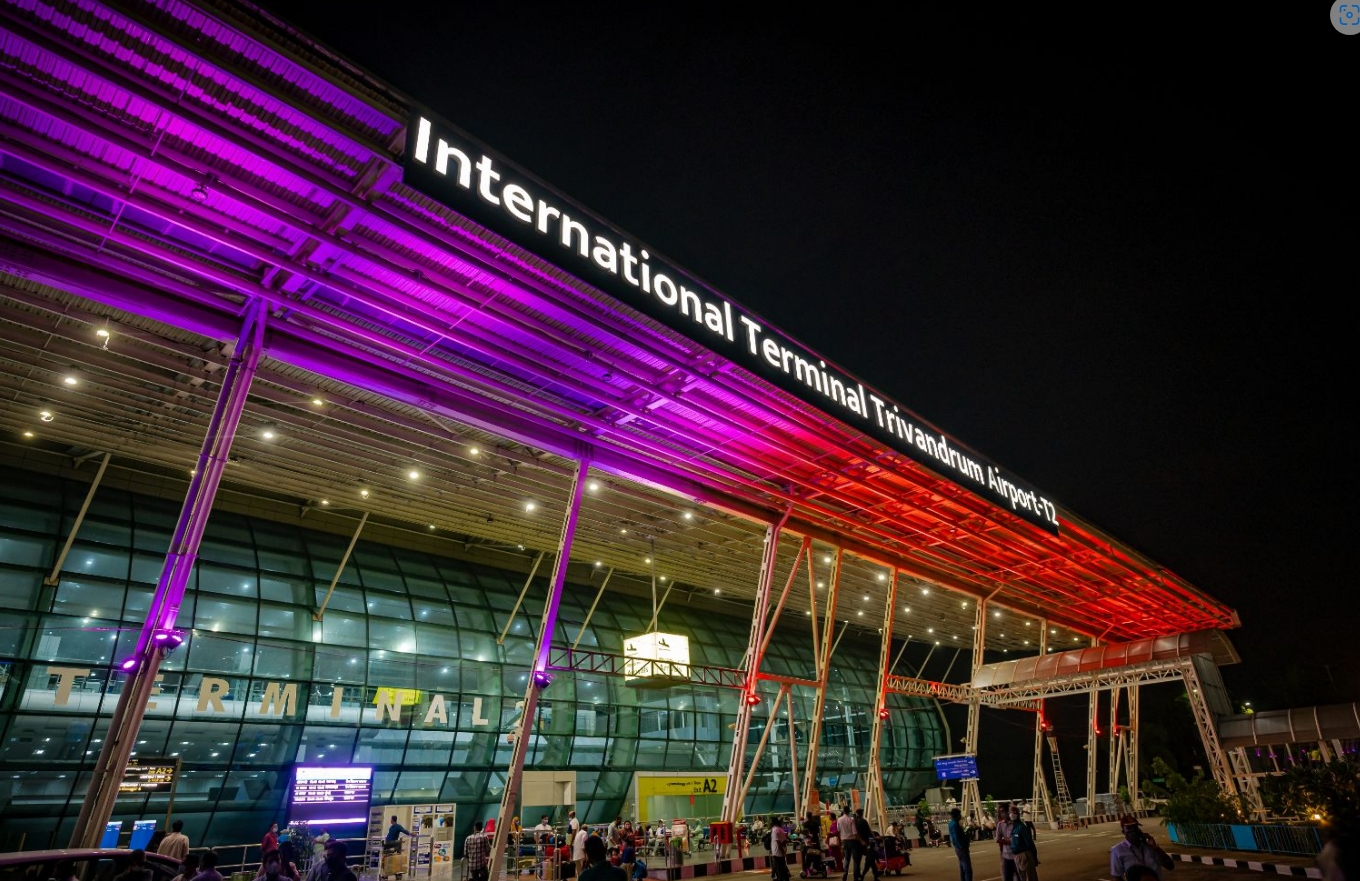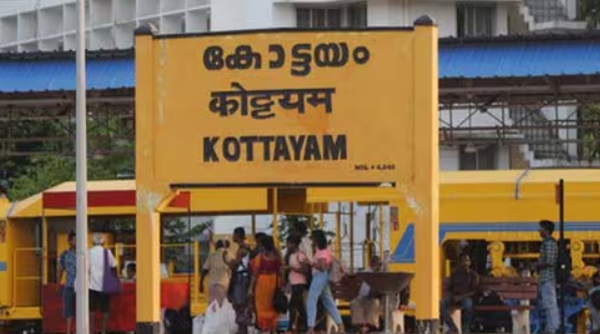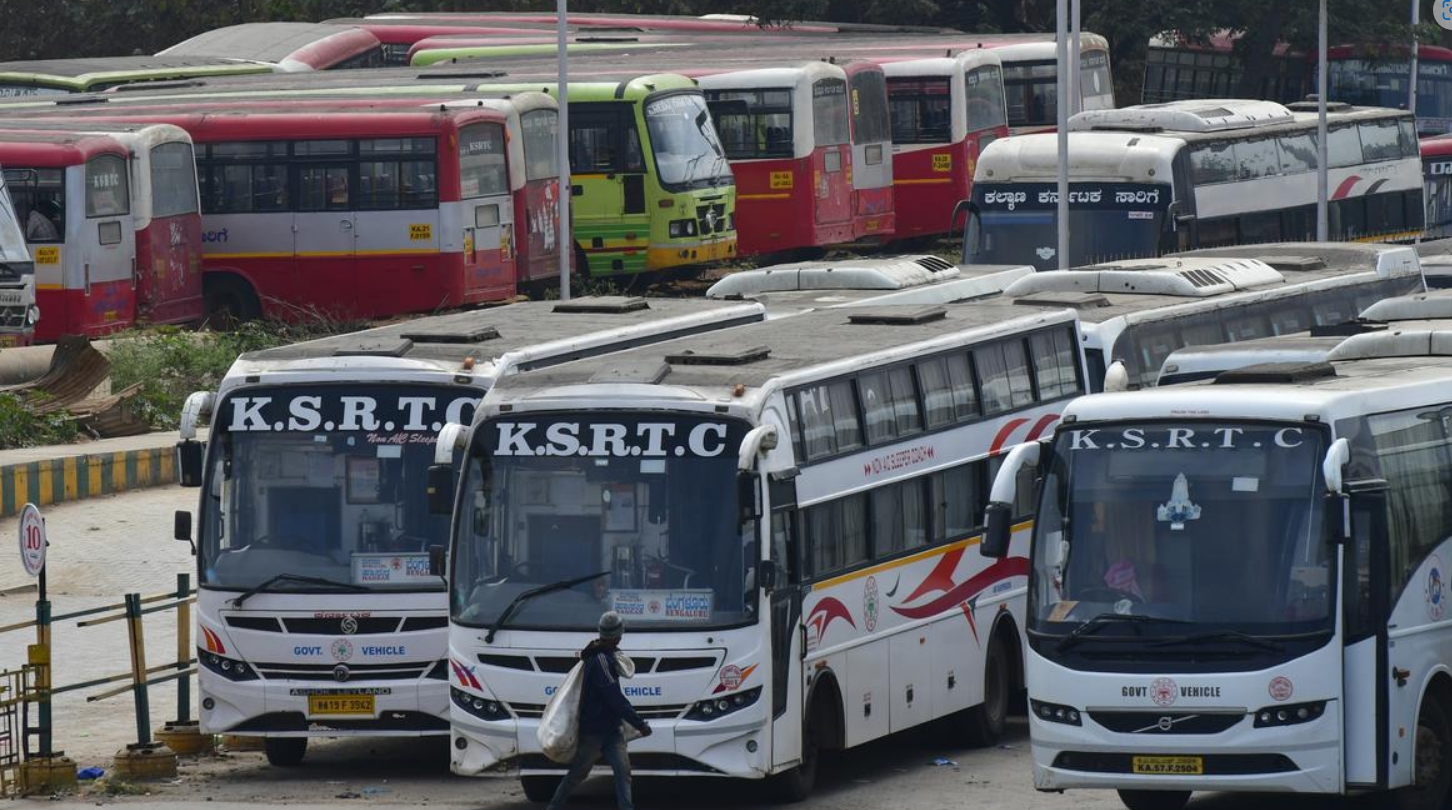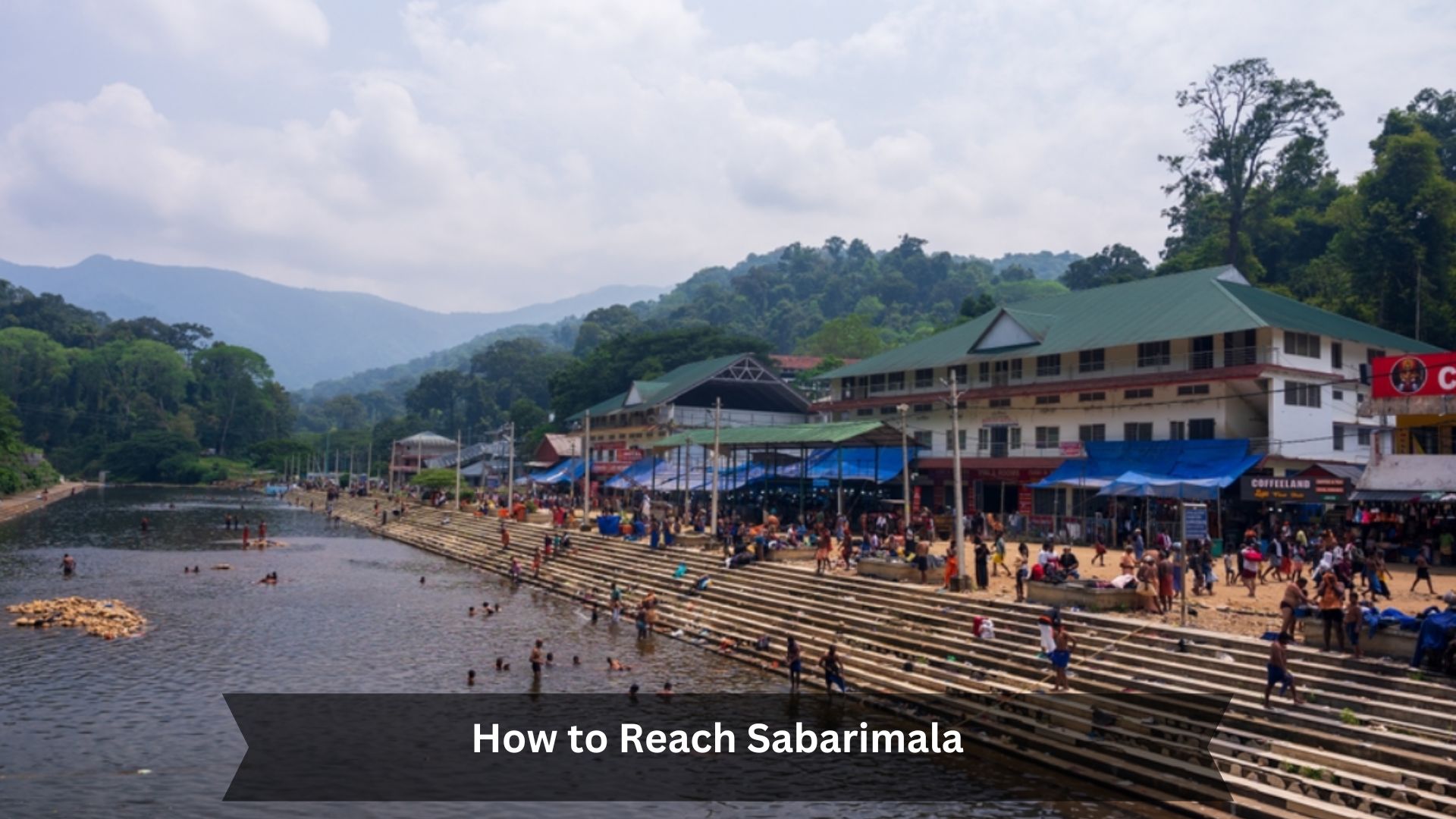Here’s a tourist table for Sabarimala with key details for planning a pilgrimage or visit:
| Aspect | Details |
|---|---|
| Location | Sabarimala, Periyar Tiger Reserve, Pathanamthitta District, Kerala, India |
| Best Time to Visit | November to January (Mandala Puja and Makaravilakku season) |
| Nearest Airport | Cochin International Airport (160 km), Trivandrum International Airport (170 km) |
| Nearest Railway Station | Chengannur (82 km), Kottayam (90 km) |
| Nearest Bus Station | Pamba |
| Trek Distance | 5 km uphill trek from Pamba to the Sabarimala shrine |
| Main Attraction | Sree Ayyappa Temple |
| Entry Restrictions | Open to male devotees of all ages and women above 50 or below 10 years (traditional restrictions apply) |
| Dress Code | Traditional attire (Mundu/Veshti for men) |
| Accommodation Options | Pilgrim shelters, lodges in Nilakkal and Pamba, or nearby towns like Pathanamthitta and Ranni |
| Local Cuisine | Vegetarian meals; Annadanam (free food) provided by temple authorities |
| Things to Carry | Comfortable clothing, trekking shoes, water bottle, basic medicines, and a Sabarimala pilgrimage kit |
| Other Attractions Nearby | Periyar Tiger Reserve, Gavi Eco-tourism, Nilakkal Mahadeva Temple |
Sabarimala is tucked away in the Western Ghats, high at 914 meters. It’s a key pilgrimage spot in South India, dedicated to Sri Ayyappa. Millions trek to this sacred place every year to get blessings and see the holy 18 steps leading to the temple. Sabarimala is unique because it only opens for worship at certain times—like during the Mandala Pooja, Makaravilakku, and a few other festivals.
The temple’s sacredness is also seen in how people prepare for the pilgrimage, with fasting and abstinence, showing deep spiritual commitment. This place isn’t just about spiritual peace; it also brings together folks from all over, showing unity and devotion. What’s fascinating about Sabarimala is how it draws such a diverse crowd, all united by faith. It’s not just a place; it’s a shared journey many take together.
How to Reach Sabarimala by Air
Nearest Airport

The nearest airport to Sabarimala is Trivandrum International Airport, about 100 kilometers away. It handles both domestic and international flights, making it easier for pilgrims from around the world to get there. You can take a taxi or bus from Trivandrum to Pamba, where the hike to Sabarimala starts. The drive usually takes 2 to 3 hours, depending on the traffic. If you’re looking for ease, many local travel agencies have packages that include airport pickup, places to stay, and help with your pilgrimage. It’s a good idea to book these ahead of time, especially during the busy season, to make sure your trip goes smoothly.
How to Reach Sabarimala by Train
Nearest Railway Station

The closest train station to Sabarimala is in Kottayam, about 60 kilometers away. It’s a key spot for pilgrims coming by train. From big cities like Chennai, Bangalore, and Delhi, you can quickly get a train to Kottayam because it’s well-connected.
Once you’re at Kottayam, you can catch a bus or a taxi to Pamba. That’s as far as you can go by road towards Sabarimala. The drive from Kottayam to Pamba is beautiful. You’ll see lots of greenery and peek at rural Kerala life. Taking the train and then the road is not just convenient, it also helps set the mood for your pilgrimage, making the journey part of the spiritual experience.
Read Also – How to Reach Dwarka by Road, Air and Train
How to Reach Sabarimala by Bus
Nearest Bus Station

The nearest bus station to Sabarimala is in Pamba. This station is crucial because it’s the closest vehicles can get to the temple. From there, pilgrims either walk or take a shuttle to Sabarimala. During pilgrimage season, buses from big cities like Kochi, Thiruvananthapuram, and Kottayam head straight to Pamba. The Kerala State Road Transport Corporation (KSRTC) adds more buses when it gets hectic. This helps make sure everyone gets to the temple safely and smoothly.
Driving Directions to Sabarimala
Popular Driving Routes
Sabarimala, a holy place in the Western Ghats, is easy to reach by car. If you’re coming from Kochi, take NH544 to Thrissur, and then continue on the same highway to Pamba. This trip is about 160 kilometers.
From Thiruvananthapuram, head north on NH66, switch to the Main Central Road at Adoor, and keep going to Pamba. This route is around 185 kilometers. Both drives offer beautiful views and plenty of places to stop for gas and food, ensuring a smooth trip. Each path shows off different parts of the landscape, adding to the unique feeling of heading to this sacred place.
Here’s a table showing the approximate distance to Sabarimala from nearby cities:
| City | Distance (Approx.) | Travel Options |
|---|---|---|
| Kottayam | 90 km | Taxi, Bus to Pamba |
| Chengannur | 82 km | Taxi, Bus to Pamba |
| Thiruvananthapuram | 170 km | Taxi, Bus to Pamba |
| Kochi (Ernakulam) | 160 km | Taxi, Bus to Pamba |
| Pathanamthitta | 70 km | Taxi, Bus to Pamba |
| Madurai | 260 km | Taxi, Bus to Pamba (via Tamil Nadu state roads or Kerala roads) |
| Coimbatore | 290 km | Train to Chengannur or Kottayam, then Taxi/Bus to Pamba |
| Bangalore | 500 km | Overnight bus or train to Kerala (Chengannur/Kottayam), then Taxi/Bus to Pamba |
Conclusion
Visiting Sabarimala is like stepping into a deep, spiritual experience. It’s wrapped in history, beautiful nature, and rich culture. When you plan your trip, it’s smart to know how you’ll get there, pick the best time for your visit, and figure out where you’ll stay. Following the rules of the pilgrimage is critical to showing respect and having a meaningful time.
Whether you travel by car, train, or airplane and stay in guesthouses, Dharamshala, or hotels, planning ahead really makes a difference. Be sure to respect the local traditions and the environment while you’re there. Sabarimala is ready to welcome you with its blessings and a chance for spiritual renewal.

Deepak Sharma is a passionate writer and avid traveler who specializes in uncovering the beauty and history of India’s attractions and temples. A graduate of Delhi University, Deepak has a deep-rooted love for his country and its rich cultural heritage.
